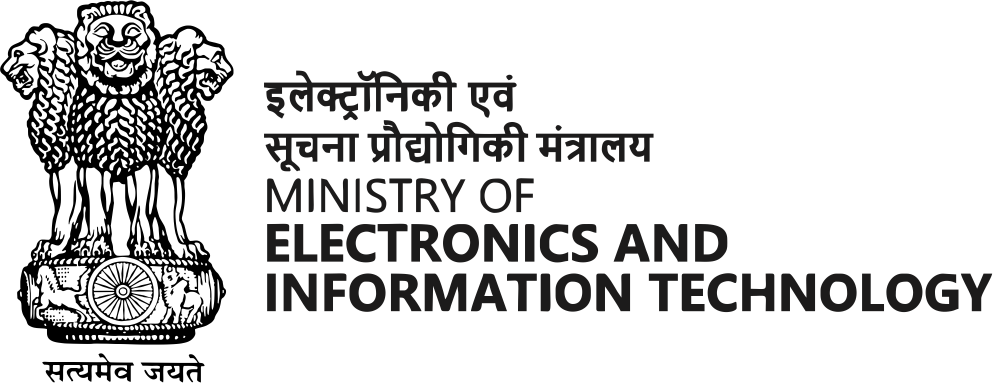Safety Measures
- Upgrade Cybersecurity Systems:
- Users and organizations must adopt advanced security tools that can detect and mitigate polymorphic malware, such as heuristic and behavior-based detection systems, which do not rely solely on fixed virus signatures.
- Be Cautious with Emails and Downloads:
- Avoid clicking on suspicious email links or downloading files from untrusted sources. Verify the legitimacy of emails, especially those containing attachments or links, before engaging.
- Enable Multi-Layered Security:
- Use advanced antivirus programs and enable firewalls that provide multiple layers of defense. Ensure that software updates are regularly applied to patch vulnerabilities.
- Monitor Network Activity:
- Regularly monitor network traffic for unusual activity. Consider implementing a network intrusion detection system (IDS) to identify abnormal behaviour that could indicate a malware infection.
- Use Strong Authentication:
- Enable two-factor authentication (2FA) on all accounts to add an additional layer of protection, particularly for online banking and financial services.
- Report Suspicious Activities:
- If you suspect a system compromise, contact local authorities or cyber cell to investigate the issue immediately and prevent further damage.



